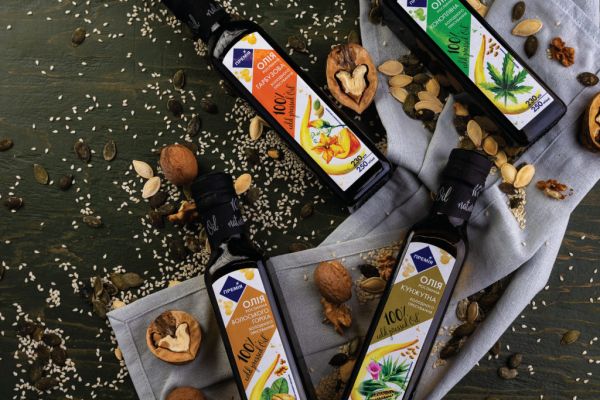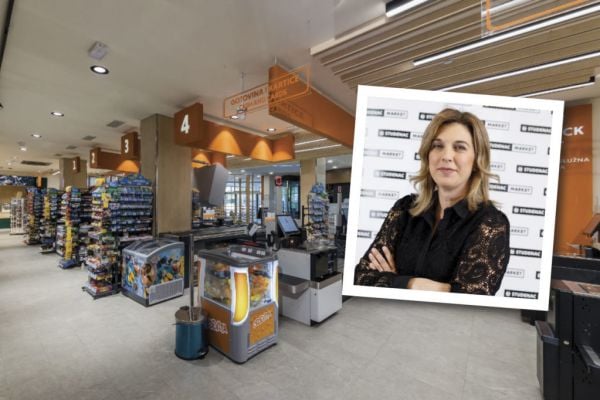In the most recent edition of ESM, we spoke to retailers across Europe about their private label strategies. In Ukraine, consumer demand for premium and/or niche products is hampered by production challenges, as Dmytro Tsygankov, cognitive director, Silpo explains.
This article first appeared in ESM Issue 3 2020.
When it comes to raising the bar, few European retailers have been as adventurous as Ukrainian operator Silpo, part of Fozzy Group, which has been behind some of the most novel store designs of the past few years.
But as well as seeking to develop an identity for its stores, the retailer also operates a number of private labels, including its Premiya mainstream brand, Povna Chasha entry brand offering, and the Kraftiar range of artisanal and handmade goods.
ESM chatted to Dmytro Tsygankov, cognitive director at Silpo, about the trends influencing private-label development in Ukraine.
ESM: What are the main consumer trends driving private-label growth in Ukraine at the moment?
Dmytro Tsygankov: Over the last couple of years, we have seen consistent growth in consumer confidence and spend, followed by private-label movement from mostly entry price products to both economy and higher segments. The fast expansion of discounter chains has added to that growth, especially in the economy segment.
Expansion into more premium and niche products has been limited by lack of product development capabilities on the retailer side and a rather poor local production base. Big local CPGs are obviously reluctant to help develop added-value products, and international sourcing is generally pretty expensive, compared to locally produced A-brands.
In what product categories do you think private label is currently underdeveloped in Ukraine?
In Ukraine, one odd category is water, where more than 50% of the market belongs to one producer and its brand. Coffee, tea and most confectionery, as well as large chunks of FMCG non-food, are challenging for private labels due to the reasons mentioned earlier.
What do you see as the potential challenges, if any, to private-label growth in the market?
There are three challenges: a poor local production base, a lack of NPD capabilities, and pretty low margins throughout most food categories, which don’t permit a significant shelf price difference for private labels.
Historically, private label has adopted a good-better-best architecture. Do you think that that architecture is still valid?
Of course, things have got complicated, and to be successful in private label, chains will have to both follow market trends, such as local or special provenance, and develop specialty lines that they can own and develop as their unique and exclusive asset, such as in-store products that communicate freshness and craftsmanship.
As an example of such an approach, we are developing niche brands, such as Lavka Traditsiy (Traditional Shop) for small craft and farmers’ products, the Kraftiar brand, and our chef’s brand, Marco Cervetti.
© 2020 European Supermarket Magazine – your source for the latest retail news. Article by Stephen Wynne-Jones. Click subscribe to sign up to ESM: The European Supermarket Magazine














